So back to before the previous Kazakhstan post we go, just to confuse the heck out of you and make it impossible to keep track of what happened when. Well, actually, I guess it might not be the best idea to intentionally try to confuse you, dear reader (unless I were a postmodern novelist in which case it would be required), so I will say that the events in this post happened after the visit to the Korgalzhyn State Nature Reserve Visitor Center and before we arrived at the actual Korgalzyhn State Nature Reserve. In other words, this post is about birds seen in transit, which often leads to the best birds of all simply because when one is covering lots of ground one has a better chance of going past something cool.
For example, our first stop after leaving the nature center was at the salt lake in the left of the picture above, where, in addition to seeing a gaggle of great passerine species, we also saw distant Greater Flamingos, the first flamingos I had ever seen in the wild. That was one heck of a treat! We also spotted three species of harrier, Marsh Harrier, Pallid Harrier and Montagu’s Harrier. You know, I would have really been happy with three life raptors total on the day but Kazakhstan as a country does things big and provided me with three life harriers (to go with the life Red-footed Falcon and Hobby earlier and the life Long-legged Buzzard to come later in the day). Anyway, below are the best shots I could get of male and female Montagu’s Harriers flying past (the male is probably a young bird). Not the best shots but it is difficult to digiscope birds in flight and even more so when they are distant.
It was quite a stop there on the side of the road by the salt lake, and we lingered for awhile, allowing me to appreciate birds like my life Booted Warbler, which was pointed out to me by Pekka Nikander, and Northern Wheatears, which, while not a rare species, are one that shows up in North America relatively often, so it was worth studying them for awhile just to be prepared (because it would be horrible to spot such a rarity but fail to identify it).
I also got quite a kick out of everyone’s obsession with the Black Lark. To me, all of the birds we were seeing were great, but to the European birders lots of the birds we were seeing were birds that they see all the time, but Black Larks, well, every time we saw a Black Lark near the road we had to stop and try to get pictures. And the steppe we were driving through had Black Larks like the New York City subways have rats: the darn things are everywhere (expect when you want to get a picture). The thing is, everyone wanted a great picture of a Black Lark so badly that I caught Black Lark fever too, and the best of the bad results of this frightening and highly contagious illness, taken from through a window with the scope and camera hand-held, is below.
When the vans next stopped it was because of a pair of Steppe Marmots, which have been pretty extensively blogged about at this point so there is not much point in writing about them too much. I will say, however, that the marmots were essentially Kazakhstan’s answer to the groundhog, and I can’t even imagine how Americans would react to seeing a horde of photographers belly crawling across a field lugging all kinds of expensive optics to photograph groundhogs. It would be pretty funny though. My best shot of the marmots, taken from the road without any crawling involved, is below.
Oh, and one other bit of Steppe Marmot information: did you know that according to a Mongol creation myth that marmots descend from an archer named Erkei Mergen who failed to shoot all seven suns out of the sky and, in shame, fled to the steppe, cut off his thumbs, and became a marmot?
singing Yellow Wagtail, one of the most ubiquitous birds of the steppe
The next stop we made was at yet another lake, this one with quite a few shorebirds. There were quite a few each of Little Ringed Plover and Little Stint but the most common shorebird at the stop were Red-necked Phalaropes, of which there were probably over one hundred. Watching them was pretty cool, considering it was easily the most phalaropes I had ever seen at one time.
The stop also was the site of my best bird call of the trip when three gulls flew over and I got them in my bins. Something was triggered deep in my brain and I called out “Slender-billed Gulls!” and I was right! I don’t know about you but to me managing to identify a gull in flight the first time I ever saw it felt pretty cool. I guess that all that studying paid off!
Our next stop was pretty amazing as well, with a bluff overlooking yet another lake that at first glance appeared relatively birdless but when one put binoculars to one’s eyes one realized that the middle of the lake was covered with Red-necked Phalaropes. And I mean covered, with the birds numbering in the tens of thousands! I had thought seeing over one hundred phalaropes was cool but seeing what must have been 30,000 plus birds was mind-boggling. Even more mind-boggling was that someone spotted this Short-eared Owl ground-roosting below us. Check out the pellet on the ground in front of it…
The owl might look close in the shot above but that shot is digiscoped and then cropped. I can’t for the life of me remember who actually spotted the bird but they deserved (and got) some serious accolades! At the last stop of the day I didn’t get any very good pictures of birds but I did add Common Sandpiper, White-winged Black Tern, and Black-winged Pratincole to my life list. Sweet! And the scenery wasn’t bad either…
The next post will be about the morning of day 2 in Kazakhstan and will feature, surprise, more birds and more pictures of beautiful skies…so make sure to come back soon for more!
________________________________________________________________________________________________
My trip to Kazakhstan was made possible by the wonderful folks at Swarovski Optik who sponsored the trip 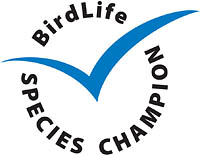 not only to draw attention to their marvelous optics but to the fact that Swarovski Optik is, with the RSPB, the Species Champion for the Sociable Lapwing, a critically endangered species that breeds almost entirely in Kazakhstan. We here at 10,000 Birds, the only blog designated a Species Champion by BirdLife International, salute Swarovski Optik‘s commitment to conservation.
not only to draw attention to their marvelous optics but to the fact that Swarovski Optik is, with the RSPB, the Species Champion for the Sociable Lapwing, a critically endangered species that breeds almost entirely in Kazakhstan. We here at 10,000 Birds, the only blog designated a Species Champion by BirdLife International, salute Swarovski Optik‘s commitment to conservation.
To learn more about 10,000 Birds’ commitment to conservation through BirdLife International’s Species Champion program and what it means to us at 10,000 Birds (or to donate to the program through 10,000 Birds) just click on the nice Species Champion logo to the right.



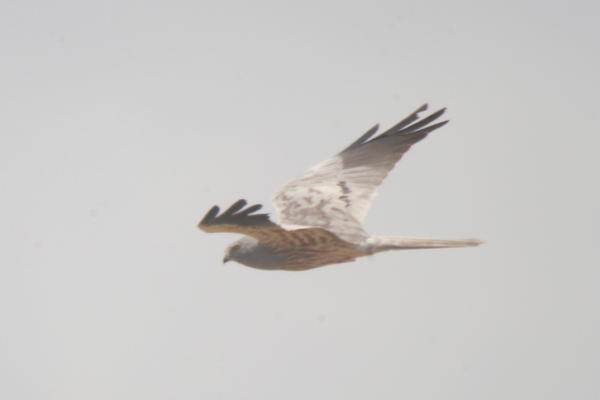
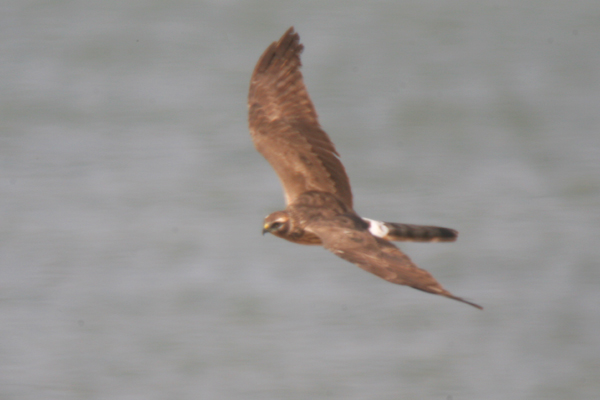
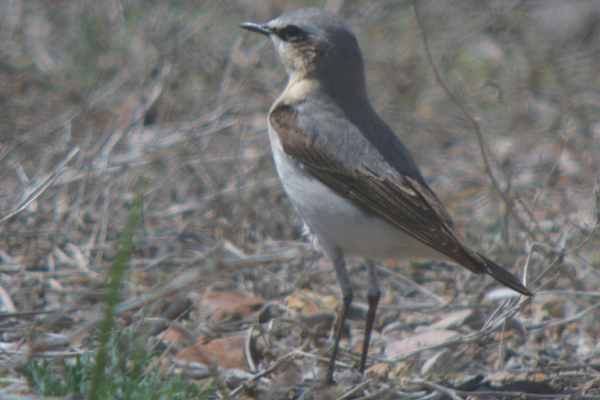
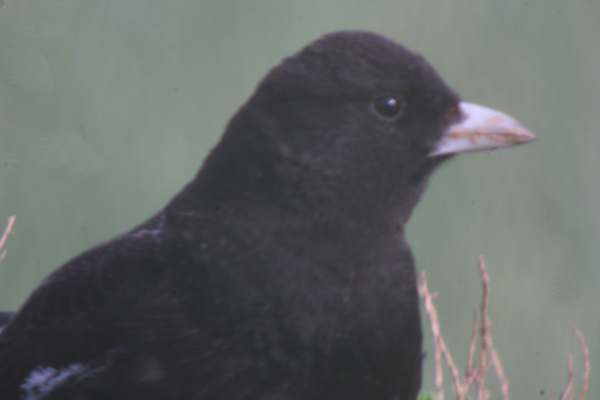
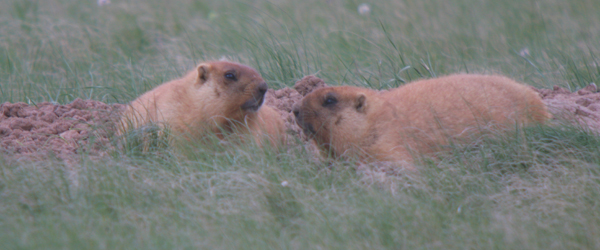
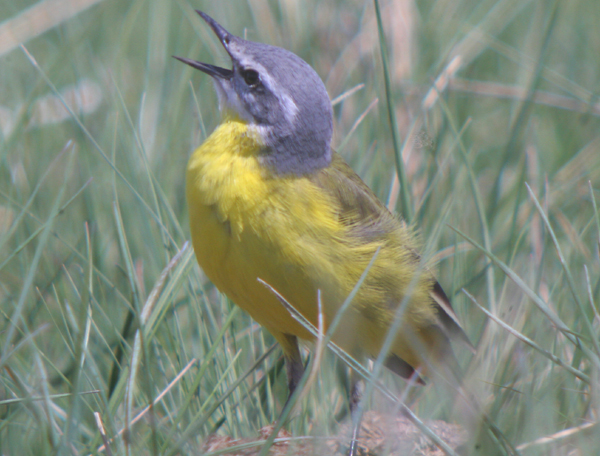
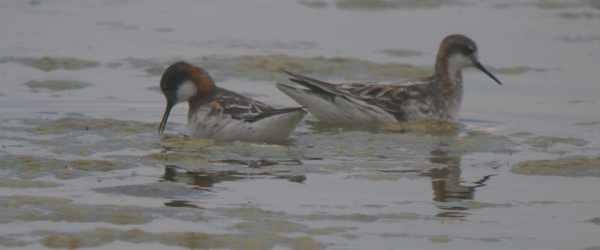
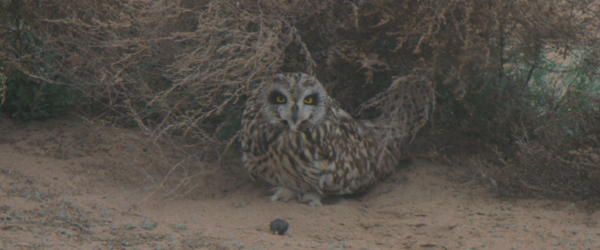
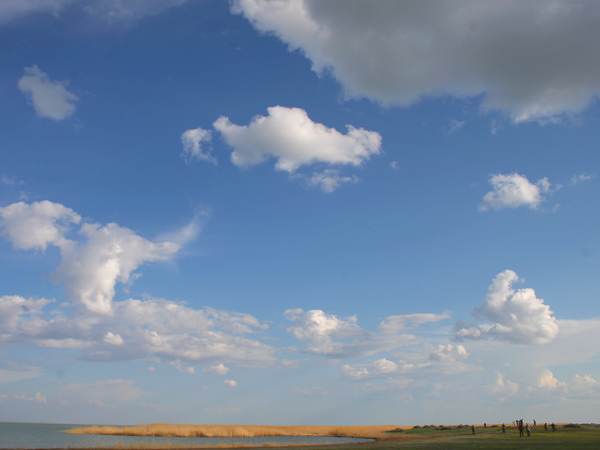











Did I ever tell you guys about the Black Lark that turned up in north Wales a few years ago and triggered one of the UK’s biggest twitches in modern times? No? I really must do because it’s very interesting…
Great post on what looks like a fascinating place. Love the singing wagtail shot!
Love your story! I especially liked the shots of the marmots and the Yellow Wagtail…beautiful!
@Charlie: I might have heard part of the tale from others on the Kaz. trip but I would love to hear the whole story…
@zeladoniac: Thanks, and Kazakhstan is amazing!
@Squirrel: Thanks!
Love the landscape and the wonderful bird shot, especially the little owl.